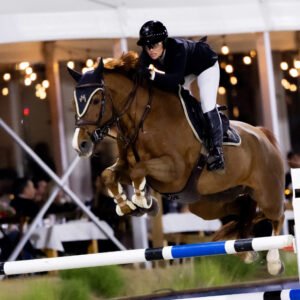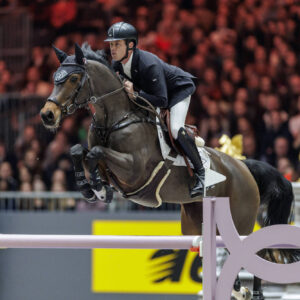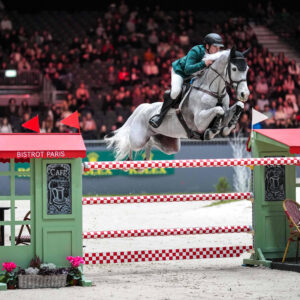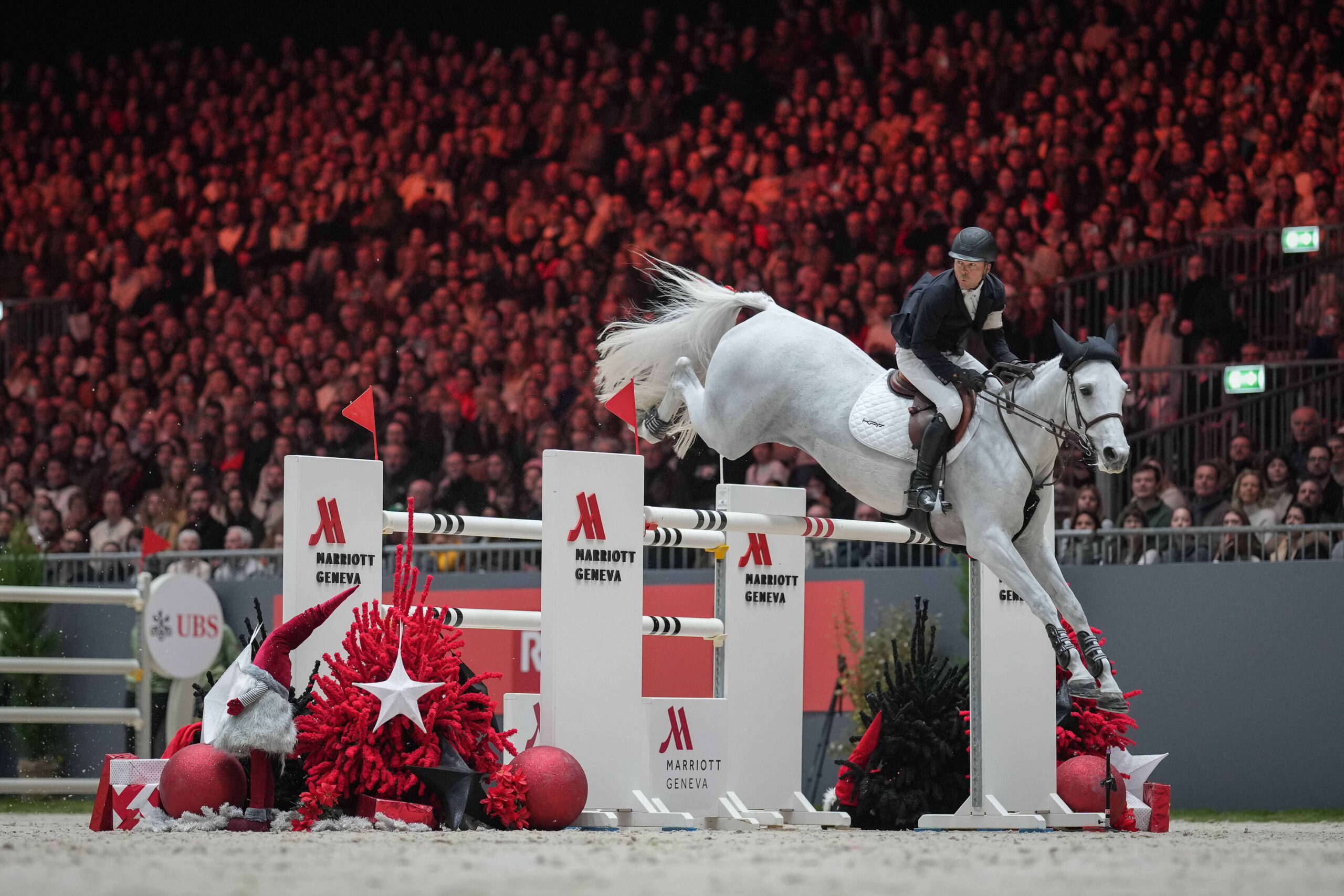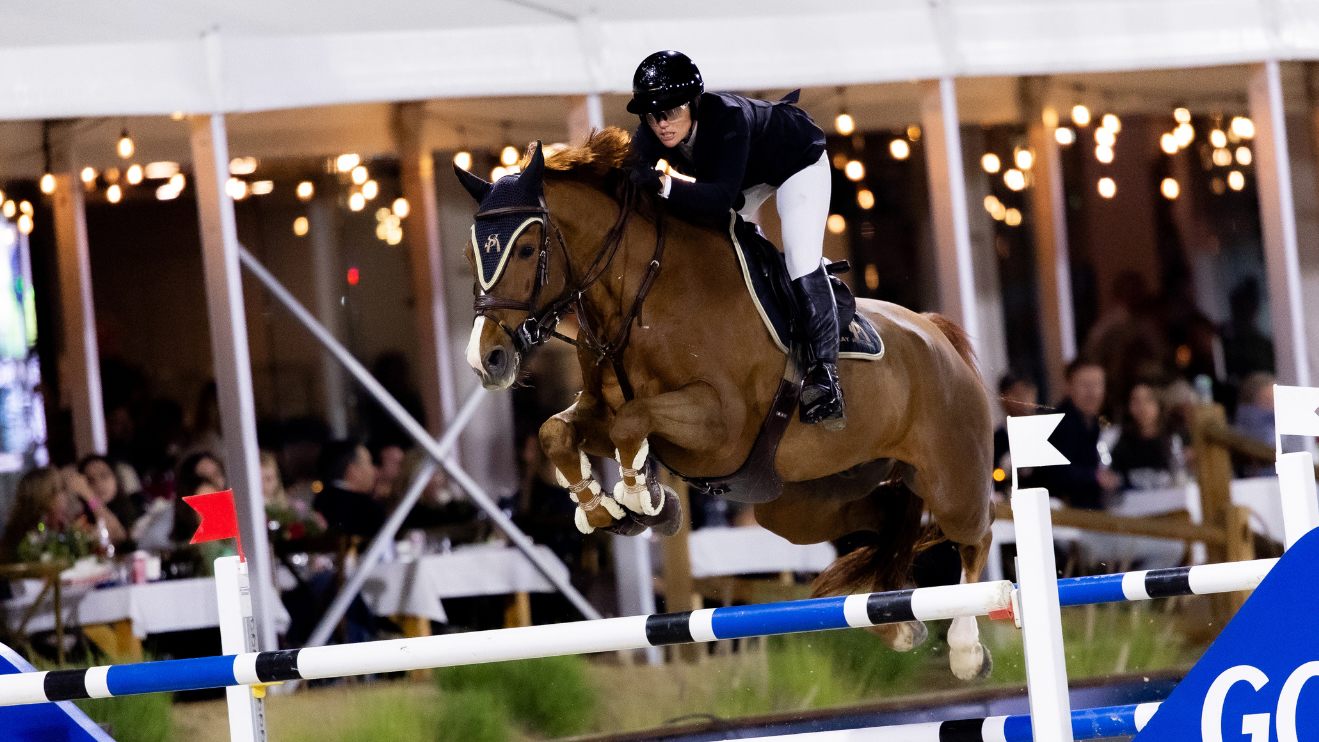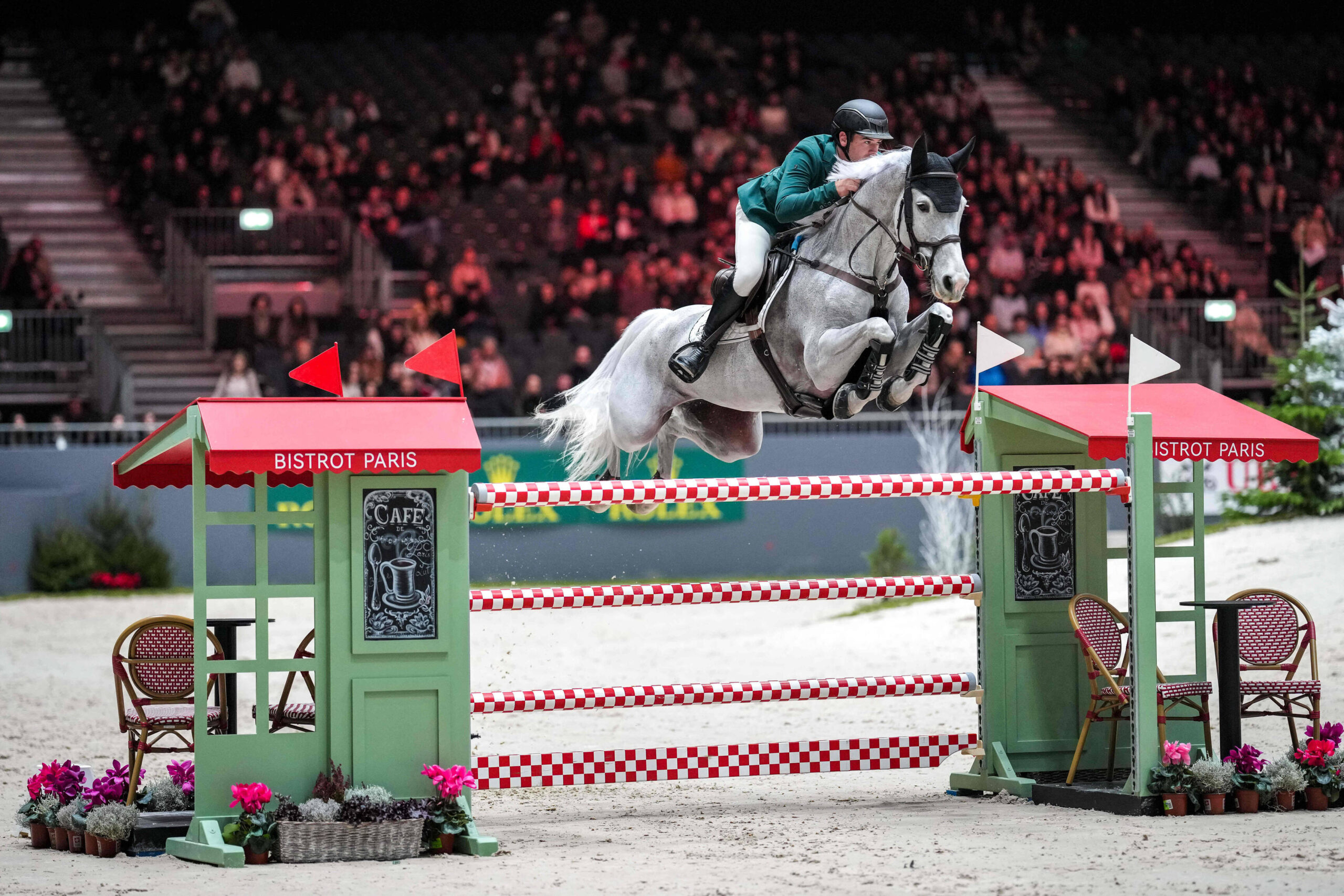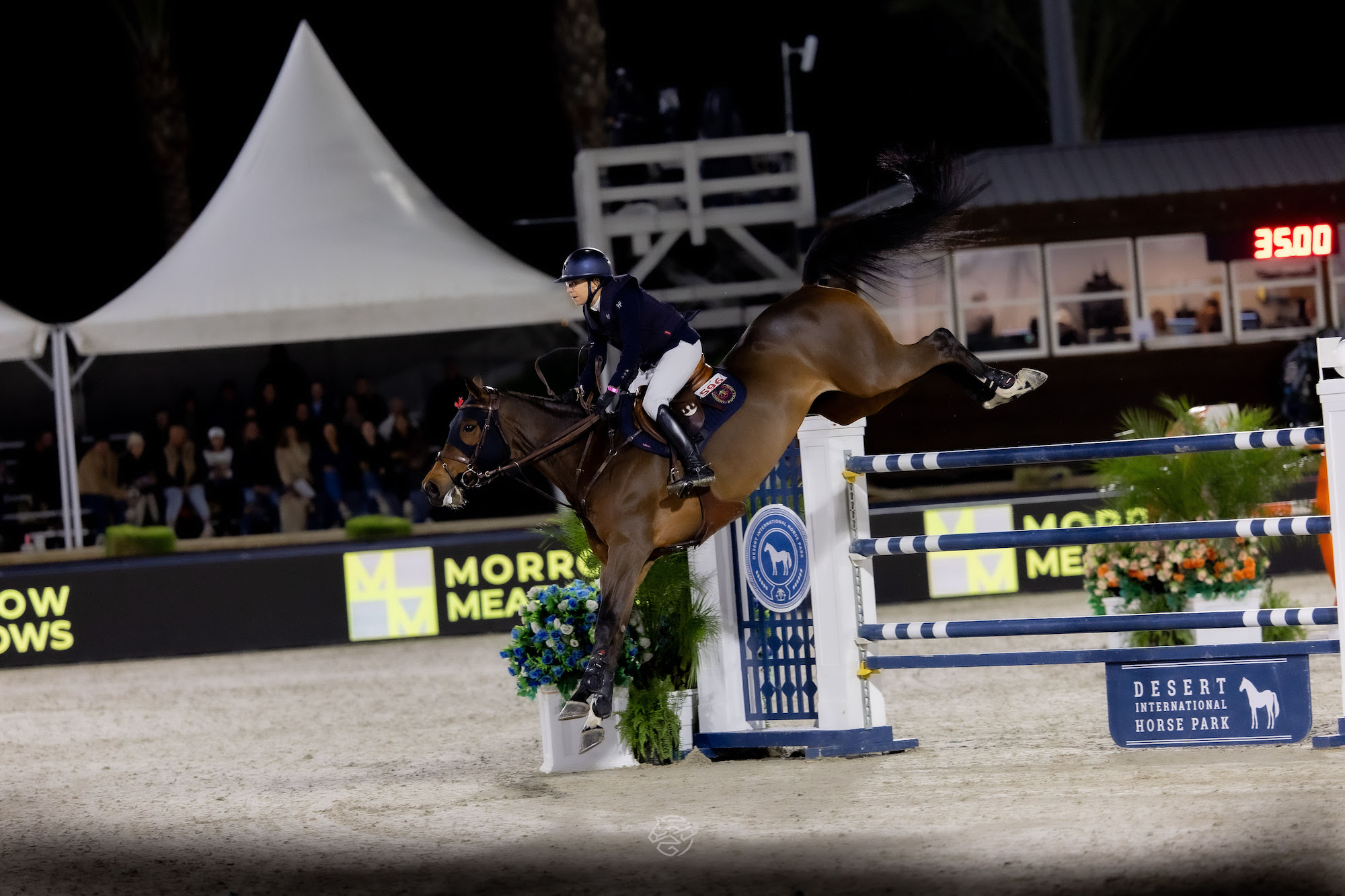I have always been fascinated by different approaches and philosophies for coaching athletes.
Over the past few years, I have had the opportunity to spend a considerable amount of time around Millar Brooke Farm and have observed how they work with students to develop their riding skills and knowledge, in concert with cultivating relationships between horse and rider.
Millar Brooke Farm, with operations in both Canada and the USA, is home to Ian Millar, Jonathon Millar, Amy Millar, and Kelly Soleau-Millar, as well as recent addition Alexander Grayton.
There is an incredible history of success at Millar Brooke Farm dating back over 50 years, and as you spend time around the barn, you gain insight into how their program is structured and why they have been so successful in producing top riders and horses.
The one thing that is striking about the Millar Brooke program is their commitment to being “walk around coaches.” What I mean by a walk around coach is someone who travels around the facility and injects themselves into different situations, whether it is offering pointers to a student doing a flat ride or sharing some insights about how to look after a horse’s legs, for example.
Walk around coaches are always mentally present at the barn and engaged in teaching their students throughout the day. Riders who train with Team Millar are encouraged to spend as much time at the barn as possible, and in return, they are exposed to numerous small lessons, from five different coaches, throughout the day.
This is in stark contrast to quite a few other programs I have been around. I think many trainers get stuck in the mindset of only giving out knowledge during a lesson, but this has a number of drawbacks.
Firstly, if you only provide coaching to the rider when they are in the saddle, then the coach likely isn’t sharing knowledge on other critical aspects that make up a well-rounded rider, such as how to manage their horse’s diet and health, competition planning, tack selection, and so on.
Secondly, lessons often only occur once a week, meaning that there is only one hour a week where the trainer and student can work together to refine skills. Unfortunately, one lesson a week is often not enough, as many riders will revert back to bad habits soon after the lesson ends. This lack of consistent and targeted coaching ultimately leads to slowed progress and frustration for the rider.
With the Millar way, Ian, Jonathon, Amy, Kelly and Alexander are frequently moving through the barn throughout the day engaging in small discussions with their students about horse care or offering nuggets of wisdom from their years of experience. In the ring, their coaching approach ensures they are aware of how their students are working with their horses and are able to reinforce proper technique with their students.
A frequent saying at Millar Brooke Farm is “Perfect Practice Makes Perfect,” and their coaching philosophy allows them to work with their students in a focused and consistent manner to create effective and knowledgeable riders.
With more opportunities to speak with their students and provide helpful insights, it has been my observation that riders are able to develop much more quickly in the Millar Brooke style of program. Through coaching by walking around, coaches can build rapport with their athletes and get to see first-hand how their riders work throughout the week.
Ultimately, the coaches at Millar Brooke Farm knows that as soon as their students enter the competition ring they will be alone on course. Thus, they need to coach effectively at home so that their riders will have the knowledge to solve whatever issues may arise on course.
Show jumping is all about problem solving—the course designer is going to ask questions and the rider needs to have the knowledge and ability to work with their horse to find the answers. The larger a rider’s toolbox, the more prepared they will be in the ring and the better and more consistent their results become.


 May 29, 2020
May 29, 2020 












